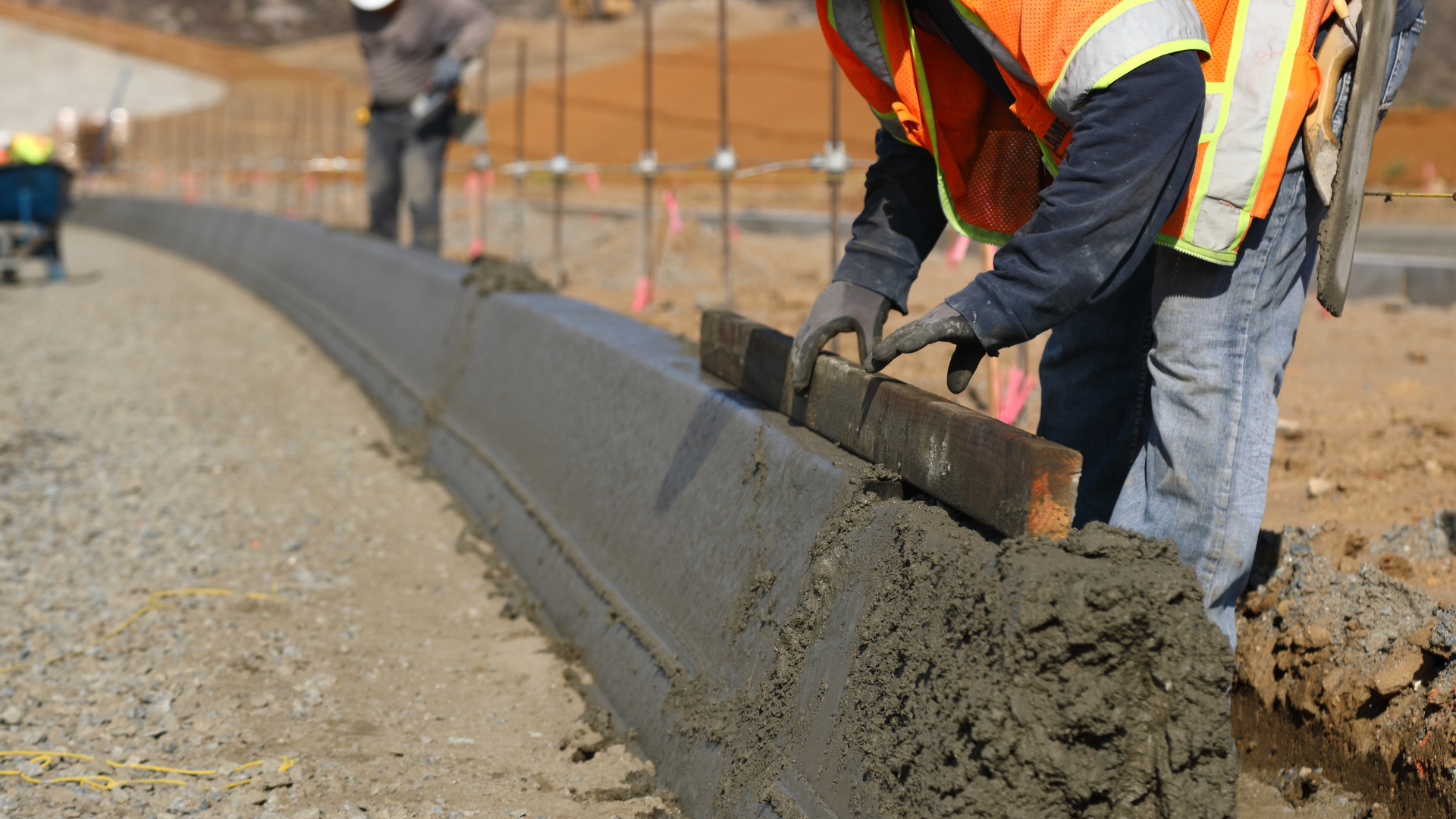Cement is a versatile building material that is used in a wide variety of applications, from construction to infrastructure to repair work. It is made by combining a mixture of raw materials, including limestone, clay, and sand, and heating them to a high temperature.
The exact composition of the raw materials used in cement manufacturing can vary depending on the desired properties of the cement.
The most important raw materials for Cement Manufacturing:
- Limestone: Limestone is the main ingredient in cement, providing the calcium that is essential for its bonding properties. It is typically mined from quarries and then crushed into a fine powder.
- Clay: Clay is another important ingredient in cement, providing the silica and alumina that are also essential for its bonding properties. Clay is typically found in sedimentary rocks and is mined from pits or quarries.
- Sand: Sand is added to cement to improve its workability and to reduce the cost of the finished product. It is typically obtained from riverbeds or beaches.
- Gypsum: Gypsum is added to cement to control its setting time. It is typically mined from underground deposits.
- Fly ash: Fly ash is a byproduct of coal combustion, and it is used in cement to improve its strength and durability. It is typically obtained from power plants.
- Slag: Slag is a byproduct of iron and steel production, and it is used in cement to improve its workability and to reduce the cost of the finished product. It is typically obtained from steel mills.
- Pozzolans: Pozzolans are naturally occurring materials that react with lime to produce cementitious compounds. They are used in cement to improve its strength and durability. They are typically obtained from volcanic ash or other materials.
- Marl: Marl is a type of sedimentary rock that contains both limestone and clay. It is sometimes used as a raw material for cement, but it is less common than limestone or clay.
- Blast furnace slag: Blast furnace slag is a byproduct of iron and steel production. It is used in cement to improve its workability and to reduce the cost of the finished product. It is typically obtained from steel mills.
- Travertine: Travertine is a type of limestone that is formed by the deposition of calcium carbonate from water. It is sometimes used as a raw material for cement, but it is less common than other types of limestone.
The quality of the raw materials used in cement manufacturing has a significant impact on the properties of the finished product. For example, cement made with high-quality limestone will be stronger and more durable than cement made with low-quality limestone.
The availability of raw materials is also a major factor in the location of cement plants. Cement plants are typically located near sources of limestone and clay, as well as other raw materials that may be needed.
The raw materials required for cement manufacturing are a vital part of the production process. By understanding the different types of raw materials and their importance, we can better appreciate the value of this essential building material.
The Company Profile:
Surya Gold Cement is a leading brand of cement in North East India. It is manufactured by Purbanchal Cement Limited, a company that has been in operation for over 30 years. Surya Gold Cement is known for its high quality and its commitment to customer satisfaction.
Surya Gold Cement is produced using state-of-the-art technology and the highest quality raw materials. The company has a dedicated team of quality control experts who ensure that every batch of cement meets the highest standards.
Surya Gold Cement is available in a variety of grades, including Ordinary Portland Cement (OPC) and Portland Pozzolana Cement (PPC).


